Avalanche is a layer one blockchain to create DApps and custom blockchain networks launched in 2018 by Ava Labs with its founders Emin Gün Sirer, Kevin Sekniqi and Maofan Yin. AVAX aims to solve the "blockchain trilemma" in which blockchains have trouble spreading out among many people when they get big. This can cause expensive fees, like on Ethereum, when many people use the network.
What Makes AVAX Unique?
- Avalanche uses a specific 3 blockchain approach to achieve its goals (C-Chain, X-Chain, and P-Chain)
- The Exchange Chain (X-Chain) is used to create assets, send and receive funds with a cheap fee
- The Contract Chain (C-Chain) is used to host smart contracts and decentralized applications
- The Platform Chain (P-Chain) is used for staking AVAX and facilitating validator activities
What Affects the Price of AVAX?
- Supply and demand
- AVAX's adoption over Ethereum
What Gives AVAX Value?
- Fast transaction processing time—4,500 transactions per second versus Ethereum's limit of about 15
- Better scalability and transaction fee than Ethereum
How Secure Is The AVAX Network?
AVAX is traded on the Exchange Chain, which follows its Avalanche consensus mechanism. It uses a directed acyclic graph (DAG) protocol which enables immediate finalization and significantly improves the blockchain’s speed.
FAQ
What's the difference between AVAX and ETH?
While Ethereum currently operates at a much larger scale, supporting many more projects and transactions, Avalanche's superior ability to scale may give the Avalanche platform a long-term advantage over Ethereum. AVAX has a much faster transaction time and cheaper fee, thanks to AVAX's unique structures.
Should I invest in AVAX?
If you're looking for a cheaper Ethereum's alternatives, consider AVAX a viable option. Do your research first before investing.










